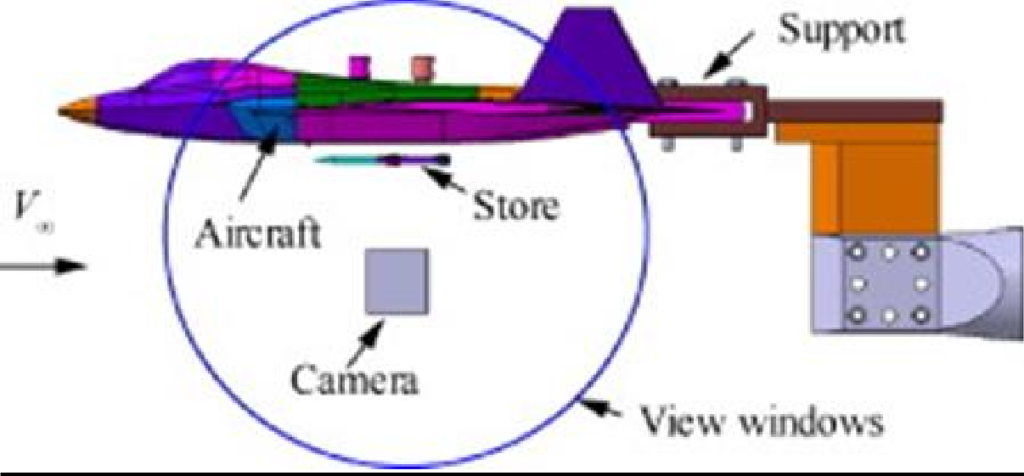
Introduction:
Aircraft testing and evaluation play a critical role in ensuring the performance and safety of avionics and weapon systems. As technology advances, the need for sophisticated monitoring systems becomes paramount. One such groundbreaking innovation is the Airborne Separation Video System (ASVS). Designed to replace traditional film cameras, the ASVS offers a range of capabilities, from real-time monitoring to digital data storage and transmission. In this article, we will explore the features, components, and benefits of the ASVS, highlighting its significant impact on aircraft testing.
Capturing the Perfect Shot:
The ASVS revolutionizes the way aircraft tests are documented by utilizing advanced digital imaging technology. Traditional high-speed film cameras are replaced by CCD and CMOS image sensors, offering high-quality images at high frame rates. While CCD sensors have been the industry standard, CMOS sensors provide a cost-effective alternative with integrated support circuitry on the chip. Ongoing research and development have bridged the gap between the two, making CMOS sensors a viable choice for the ASVS.
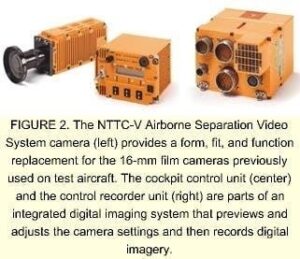
Components of the ASVS: The ASVS comprises several key components that work in synergy to deliver accurate and synchronized data:
- Cockpit Control Unit (CCU): The CCU empowers test engineers to optimize system settings in real-time. It offers a user-friendly interface for configuring the ASVS before tests commence, ensuring precise control over the camera
- Controller/Recorder Unit (CRU): The CRU acts as the central control system, managing multiple streams of daisy-chained cameras. It initiates, terminates, and records camera functions, ensuring accuracy and synchronization of data. Images captured by the cameras are stored digitally in the CRU for post-flight
- Data Transmission System (DTS): The DTS compresses, encrypts, and transmits the stored digital images to the ground. Following the IRIG Standard 210, the DTS adheres to video compression protocols, maintaining image resolution and quality during transmission. The ground station decodes and displays the transmitted images for
- Ground Interface Unit (GIU): The GIU acts as the interface between the CRU and the ground It configures the ASVS for flight and facilitates the download of images stored in the CRU post-flight. The GIU plays a crucial role in managing and organizing the vast amount of data generated by the ASVS.
- Qualitative Data Reduction System (QDRS): The QDRS, a Gateway personal computer, serves as a powerful tool for qualitative assessment. Equipped with high-performance hardware and proprietary software, it decompresses and reconstructs color ASVS Test engineers utilize the QDRS to analyze and evaluate store separation characteristics accurately.
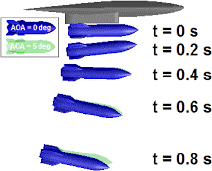
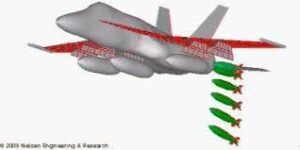
Benefits and Advancements: The adoption of the ASVS brings forth several advantages and advancements in aircraft testing:
Universal Structural Pod for High speed camera integration in A/C hard points
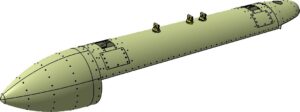
The pod shall be possible to carry multiple (max 4) cameras in a safe condition with adequate clamping mechanism.
The camera pod should have provision to install forward looking camera with Standard high sprrd camera mounts and provision to route necessary electrical looms.
The pod shall be aerodynamically designed to minimise the drag. The structure shall be strong enough to withstand all loads acting on it during flight trials up to 0.95 Mach.
The pod shall be designed for carriage to flight envelopes of modern fighter aircraft.
Pod should withstand high G-loads and vibration loads during sorties.
The geometry of the pod shall be restricted to the following specifications.
- Length – 2500mm(max),
- Width – 350mm,
- Weight – 70 Kg (max)
The pod will have necessary standard attachment points to be installed under NATO and Russian standard ejectors as well as missile launcher attachments.
Flexibility for adjusting the cameras shall be provided for focusing the stores.
- Real-time Preview and Optimization: The ASVS allows test engineers to preview the mission and identify anomalies before weapon separation occurs. Real-time modification of system settings ensures optimal performance during tests, enhancing the overall evaluation
- Digital Storage and Analysis: Storing images digitally eliminates the degradation in resolution caused by converting data to analog format. The ASVS facilitates the storage of images in volatile memory within the camera, which can be later downloaded to non-volatile memory in the recorder unit or transmitted for This digital approach enables efficient post-flight qualitative and quantitative analysis, significantly reducing turnaround time.
- Cost Efficiency and Environmental Friendliness: By eliminating the need for film processing and purchasing, the ASVS reduces costs associated with traditional film cameras. Additionally, the system’s digital nature aligns with environmental goals by minimizing waste and promoting
- Enhanced Security: The ASVS incorporates encryption capabilities, ensuring the secure transmission of weapons system data. This feature is particularly important during tests on military facilities, where encryption protects sensitive information without compromising the test
Conclusion: The Airborne Separation Video System (ASVS) represents a paradigm shift in aircraft testing and evaluation. By harnessing the power of digital imaging technology, the ASVS offers real-time monitoring, digital storage, and efficient data transmission. Its components, including the CCU, CRU, DTS, GIU, and QDRS, work seamlessly together to provide accurate and synchronized data for analysis. With its cost efficiency, environmental friendliness, and enhanced security features, the ASVS sets a new standard for documenting and analyzing store separation characteristics during aircraft tests. As technology continues to advance, the ASVS will undoubtedly play a pivotal role in shaping the future of aircraft testing.
